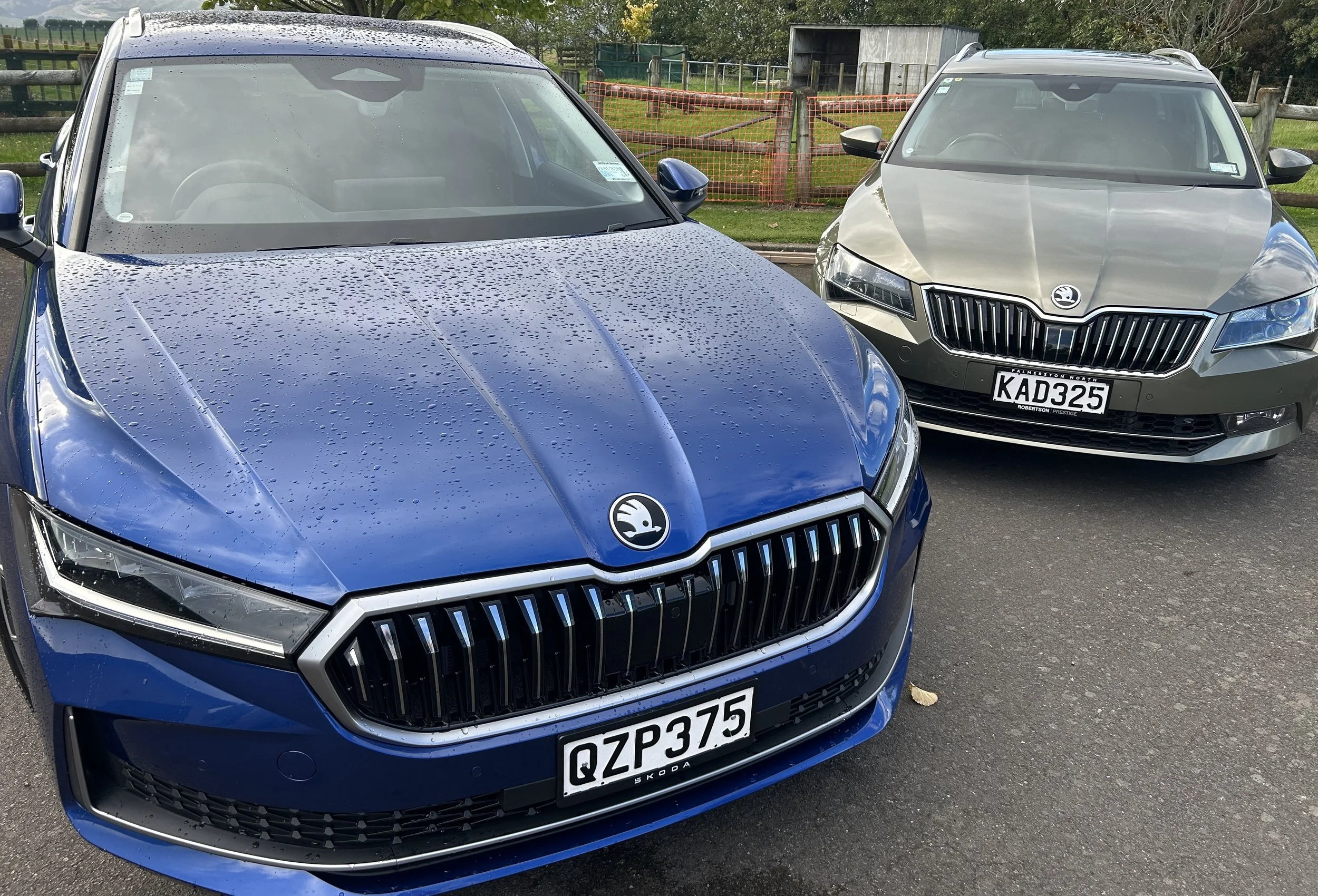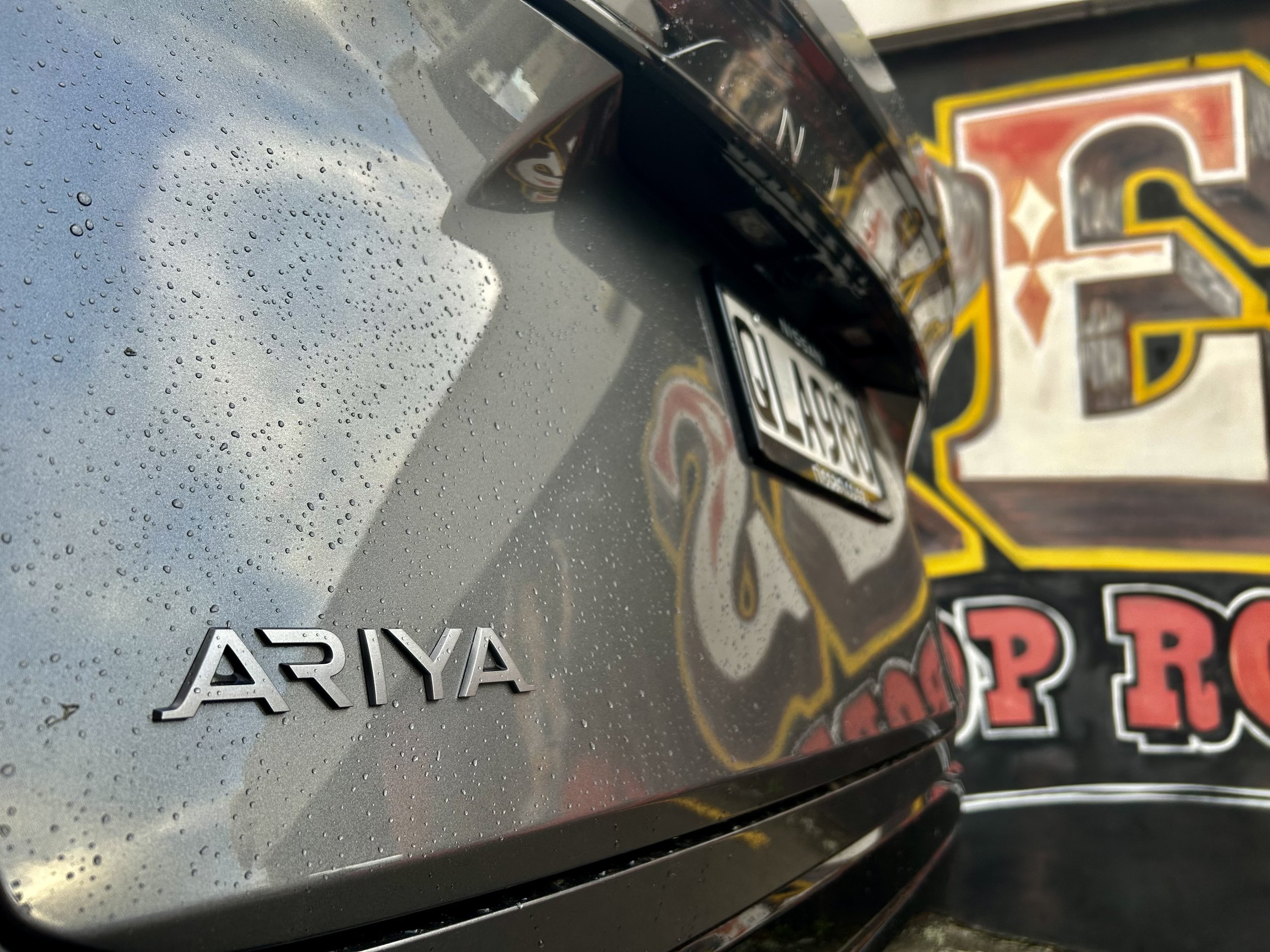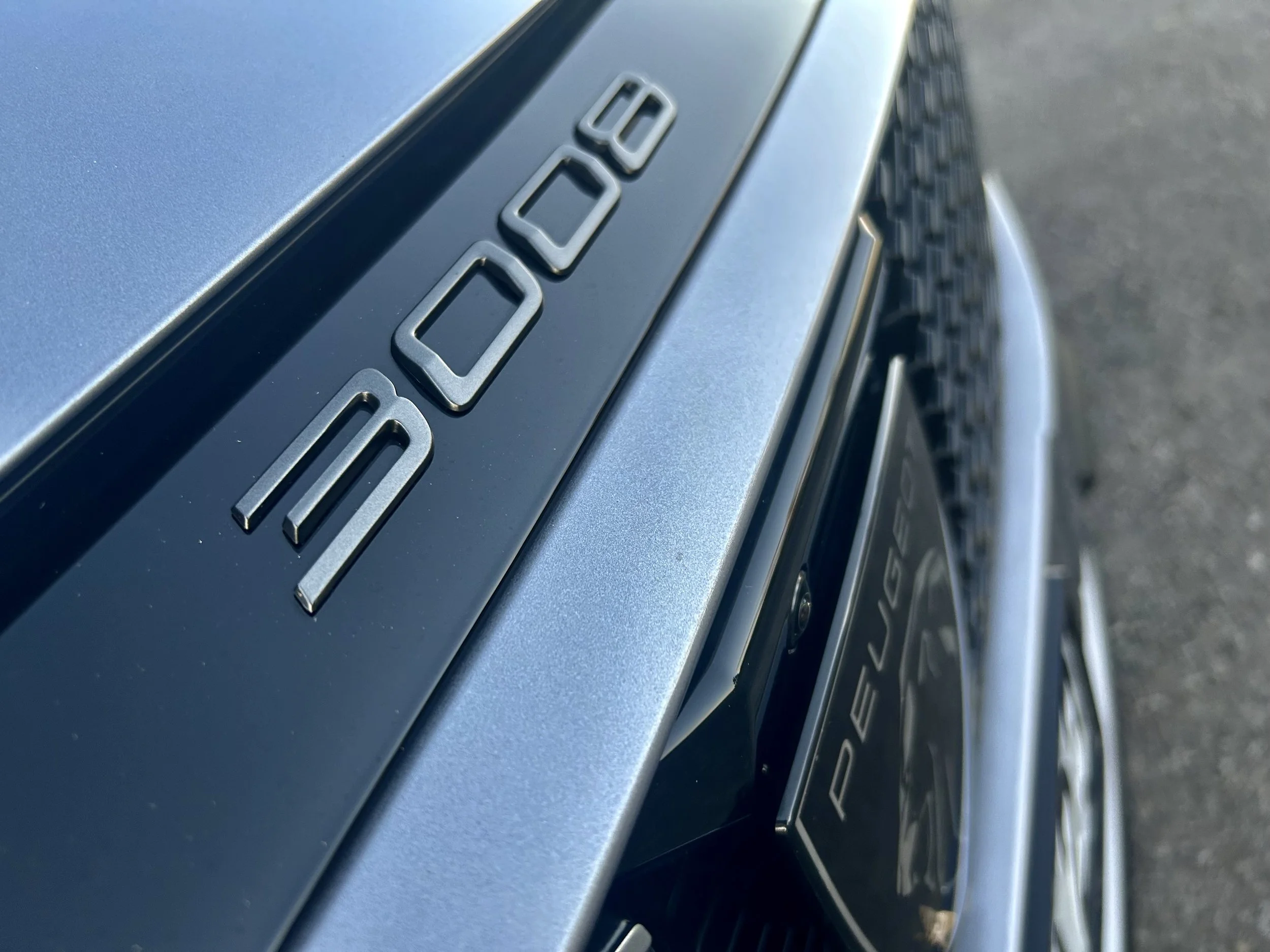Six appeal will drive Amarok now
/VW is out to prove that one-tonne ute sales, to private owners at least, are driven more by power than price.
AN extensive refreshing of the four-cylinder Amarok to improve its competitiveness won’t inhibit a pair of premium-priced V6 editions from assuming as the sales drivers from now on.
This view is expressed by Volkswagen New Zealand general Tom Ruddenklau who, in expressing confidence he will sell more Amaroks than ever next year also says the newly-landed V6s will be the volume drivers, even though the more expensive of the two, the $82,990 Aventura, is now the most expensive doublecab one-tonner on the market.
Ruddenklau isn’t discounting the importance of a radical repositioning of the 2.0-litre model line, with a twin-turbo diesel engine here since 2010, in his ambition to sell more 1000 Amaroks next year.
However, VW also recognises that the utility sector, and buying patterns, have changed so hugely over the past few years that, at least among the private purchasers who have always comprised the majority of Amarok buyers, price is potentially less important than power.
“If we are to sell, for argument’s sake, 1000 Amaroks (in 2017) we are anticipating that 700 of those will be V6s.”
The anticipated interest in the V6, which also presents in a $73,990 Highline format, suggests that the boom conditions for ute sales is driven now, at least insofar as non-fleet interest is concerned, as much by a craving for performance than any price consideration.
With 165kW (rising to 180kW on overboost) and 550Nm, the Amarok is unquestionably set to be the powerbroker of the sector, and the VW badge also undoubtedly carries a level of prestige that will do no harm.
Aventura also taps into a growing desire to be seen in high-end one-tonners, a trend that Ford and Toyota in particular are making the most of – both report big interest in the Ranger Wildtrak and SR Hilux variants.
“The market is just on fire with those utes and the market has changed,” Ruddenklau says.
“When Amarok first came out it was a completely different machine versus the competition in terms of the refinement and how it drove.
“I think some of the competitors have caught up well – but there are now a whole lot of first-time ute buyers and they’ll be looking at the Aventura because, even though it seems expensive, when you weigh it up again a lot of SUVs it looks like a pretty serious proposition.”
A 1000-plus count will probably not be enough to alter Amarok’s position as Volkswagen’s third-most popular model here after the Tiguan medium sports utility – now in a new generation that has settled in quickly - and the Golf hatch, which undertakes a mid-life upgrade next June.
However, getting Amarok into the four-figure sales club will be a major achievement for VW here, Ruddenklau says.
“Our volumes have gone from 300-400 to just over 900, and this year will be 800-and-something. I think with the V6 we will get to 1000 units.”
Ironically, the V6 variants that have potential to severely shake up this popular sector next year were subject to an unsettled release.
The impact of the Kaikoura earthquake of November 14 then two subsequent days of stormy weather in Wellington saw the distributor pull the pin at the last minute on a week-long dealer and media launch programme that was set to roll out at an off-roading venue near the capital.
Though the spotlight was to be on the V6s, VW also intended to use the occasion to highlight the revisions to the 2.0 line, a repositioning so radical it required dispensation from Germany.
This sees the doublecab 4Motion permanent four-wheel-drive 132kW format that has always captured at least 60 percent of sales now become the sole choice, with pricing sharpened so that the line starts at $49,990 for the sole manual model through $64,990 for a Highline flagship that carries the otherwise standard eight-speed automatic.
Ruddenklau says dropping the single cab models, rear drive and manual from all but the entry vehicle was an easy and logical decision. While Amarok has some commercial users – enough to maintain a ‘Core’ six-speed manual as the entry choice - it primarily sells as a recreational, private owner choice.
Intention to focus more than ever on that customer base also means that, while Amarok is better placed to compete against mass market models, VW can also feel comfortable steering clear of the aggressive discounting practices that some big name players frequently engage in to maintain healthy monthly counts.
Ruddenklau says he is astonished how keen some rival brands are to abdicate from their retail prices. He also cites that the Amarok, because of VW insistence that it meets the same high engineering, quality and – to a degree – comfort and safety standards as its cars, cannot be made cheap enough to compete that way.
“They’ve over-engineered it,” he laughed. “The thing is built to do 200kmh-plus. Maybe we don’t need that but they’re not going to build a cheap version.
“For us, it’s been a matter of coming to the realisation that you cannot be all things to all people. We just have to focus on doing the things we are good at. Actually, that’s okay – I don’t want a cheaper, cut-price ute.”
The cheapest Amarok auto, now, is a $53,990 Core variant; otherwise it’s the Highline for another $11,000 or the same specification, but with a six-cylinder powerplant, for another $9000 still.
Leaving such a generous gap between the four- and six-cylinder Highlines is intentional; it allows VW here room to manoeuvre in those special edition models that it has presented from time to time previously.
Ruddenklau says one future potential inductee, set to arrive late in 2017, is another Canyon series model, this time with the V6 but in a lower state of tune than the permanent offers. There’s also every chance we will see more 2.0-litre Dark Label specials.
“We have not confirmed it (Canyon) but it may be something we can slot in here. We also see potential for more 2.0-litre specials – there tends to be a wave of Dark Labels, Ultimates and Editons Rs that will phase through.”
While VW here sees brilliant opportunity for the V6, it also accepts that so much is dependent on achieving good supply. That could be a challenge, with the parent brand already telling distributors that the engine is “heavily over-subscribed”.
New Zealand could well be squabbling over stock with Australia, and we’re not in a good position – this market is the 11th biggest for Amarok whereas our neighbour is the second-biggest outside its South American primary producer base. Australia is also being cited as the largest of all the markets that take both engine types.
It is thought that initially all V6 Amaroks will come from VW’s Hanover plant in Germany, but the Pacheco plant in Argentina that has traditionally produced mainstream variants for us will also come on stream with V6 production around mid-2017.
Sourcing from two plants in parallel will boost supply, but MotoringNetwork understands that, as of the moment, vehicles ordered now are not set to arrive until March at the earliest.
The V6 premium over the four-cylinder editions is not simply down to a change of engine. The new models also have a freshened interior and extra technology, including a sat nav and infotainment upgrade. These will come to the 2.0-litre in 2017

















